You can still use hardener that has yellowed in the bottle, so don't throw it out! Even if the hardener has turned a little yellow, it can still be used for many projects. As long as you measure and mix properly, the chemical reaction will still take place and the product will still cure as expected.
Though you may not want to use yellowed hardener on a white piece of artwork, we've got 4 different ideas for using up expired ArtResin epoxy resin including:
- Coating colorful paintings
- Making alcohol ink coasters
- Tinting it to make flow art
- Applying it over wood
We'll be making these 4 projects in a side-by-side comparison using both fresh and expired ArtResin to show you that once cured, you won't be able to see a difference.
Let's get started ...
Does ArtResin Have An Expiry Date?
Yes. ArtResin, like many other materials you may find in the art store, has a shelf life.
ArtResin's shelf life is 12 months unopened and 6 months once opened. You can find the manufacturing date on every bottle of hardener. The expiry dates simply refer to the length of time you can expect ArtResin to remain water clear.
Read more details if epoxy resin expires!
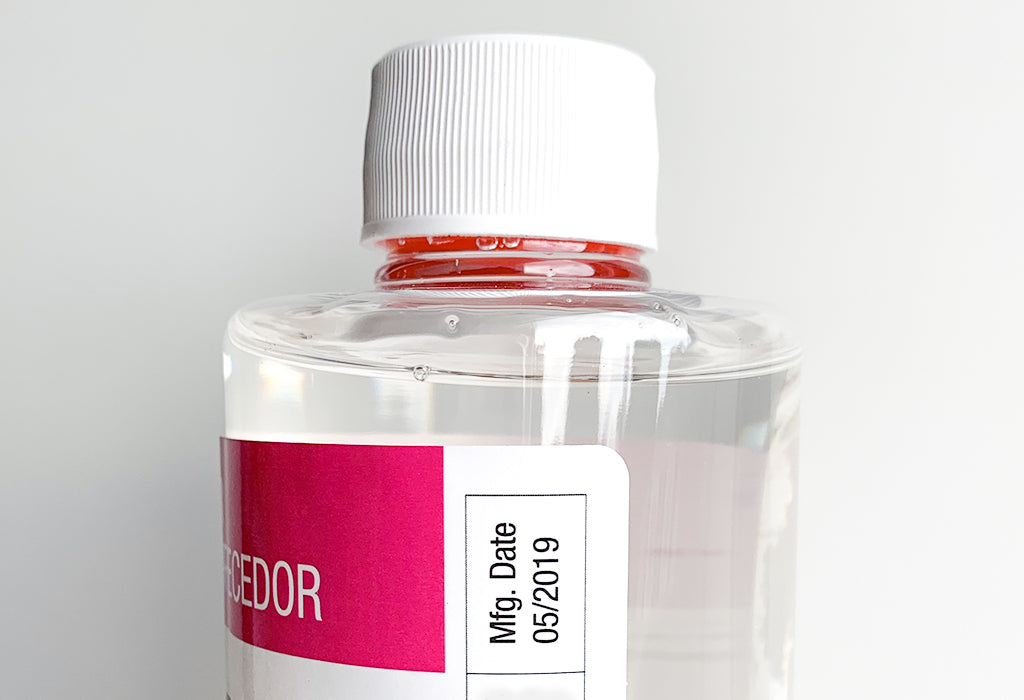
ArtResin's shelf life begins to shorten once it comes into contact with oxygen. Approximately 6 months after the bottles have been opened, you may start to see some yellowing in the hardener. This yellowing is due to oxidation, a reaction with oxygen in the air which causes the amines in the hardener to discolor. As air exposure continues, this color will deepen over time, much in the way an apple or avocado will brown, once cut and exposed to air.

Doesn't ArtResin Protect Against Yellowing?
Just to be clear, the yellowing that happens from oxidation is very different than the yellowing that can occur from UV light damage:
-
Yellowing from oxidation happens in the liquid state and is due to oxygen exposure. It's important to note that once ArtResin cures it becomes inert and will no longer be vulnerable to oxidation.
-
Yellowing from UV light damage happens in the cured state and is typically due to light exposure, sunlight being the biggest culprit. ArtResin, however, is chemically engineered with two different types of UV inhibitors to offer the best yellowing protection on the market. You can read more about it in our blog Which Epoxy Resin Is Best For Artwork?

Can I Still Use Expired ArtResin?
Remember that the yellowing you see in the hardener bottle looks worse than it is because you’re seeing it in bulk. By the time you dilute yellowed hardener with clear resin and spread it out on your work, it won't look nearly as yellow. 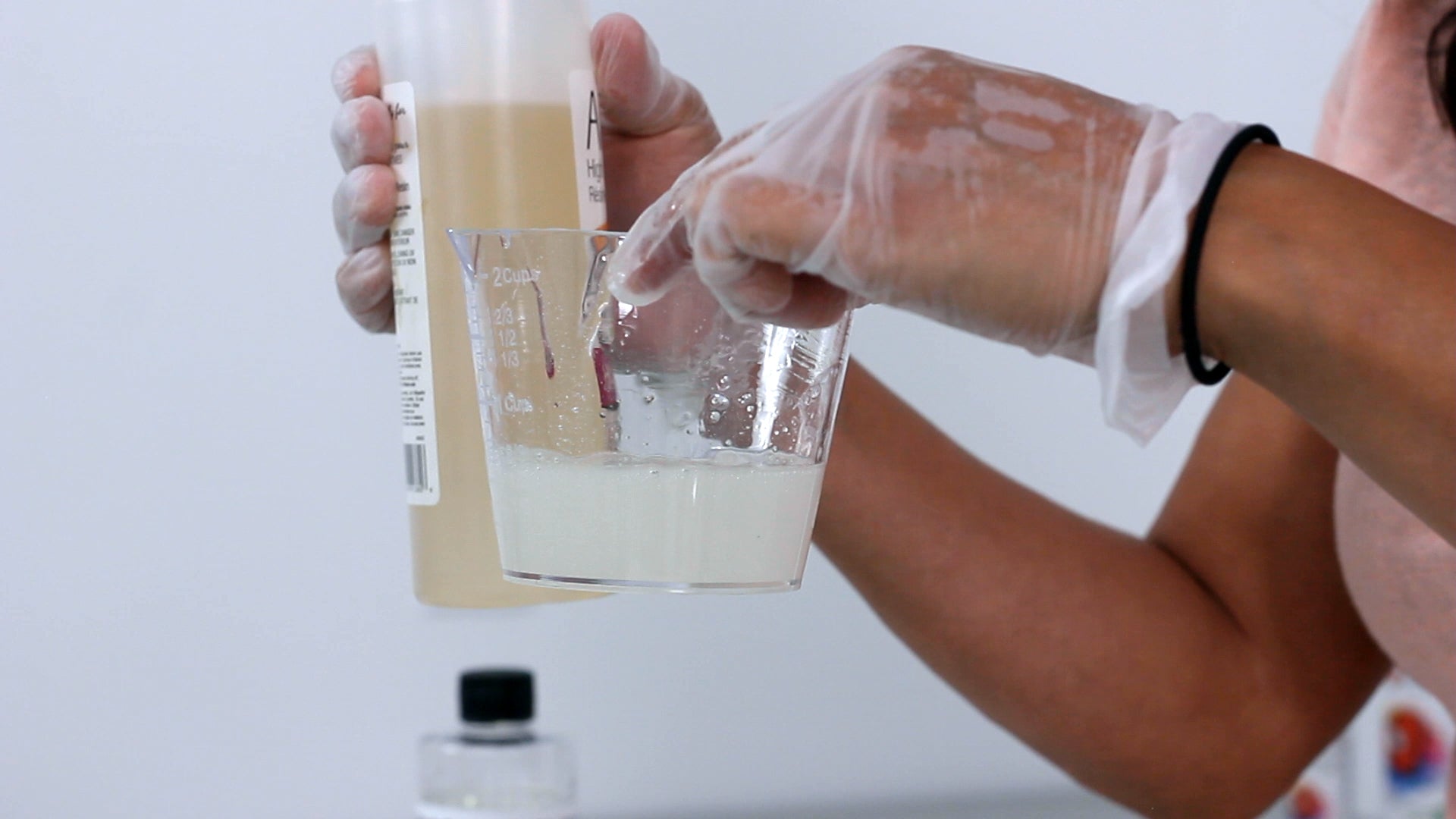
The piece below on the left was coated with expired ArtResin, with hardener that had turned yellow. Although it has a slight yellow tinge compared to the piece on the right made with fresh ArtResin, it's not nearly as yellow as it appears in the hardener bottle.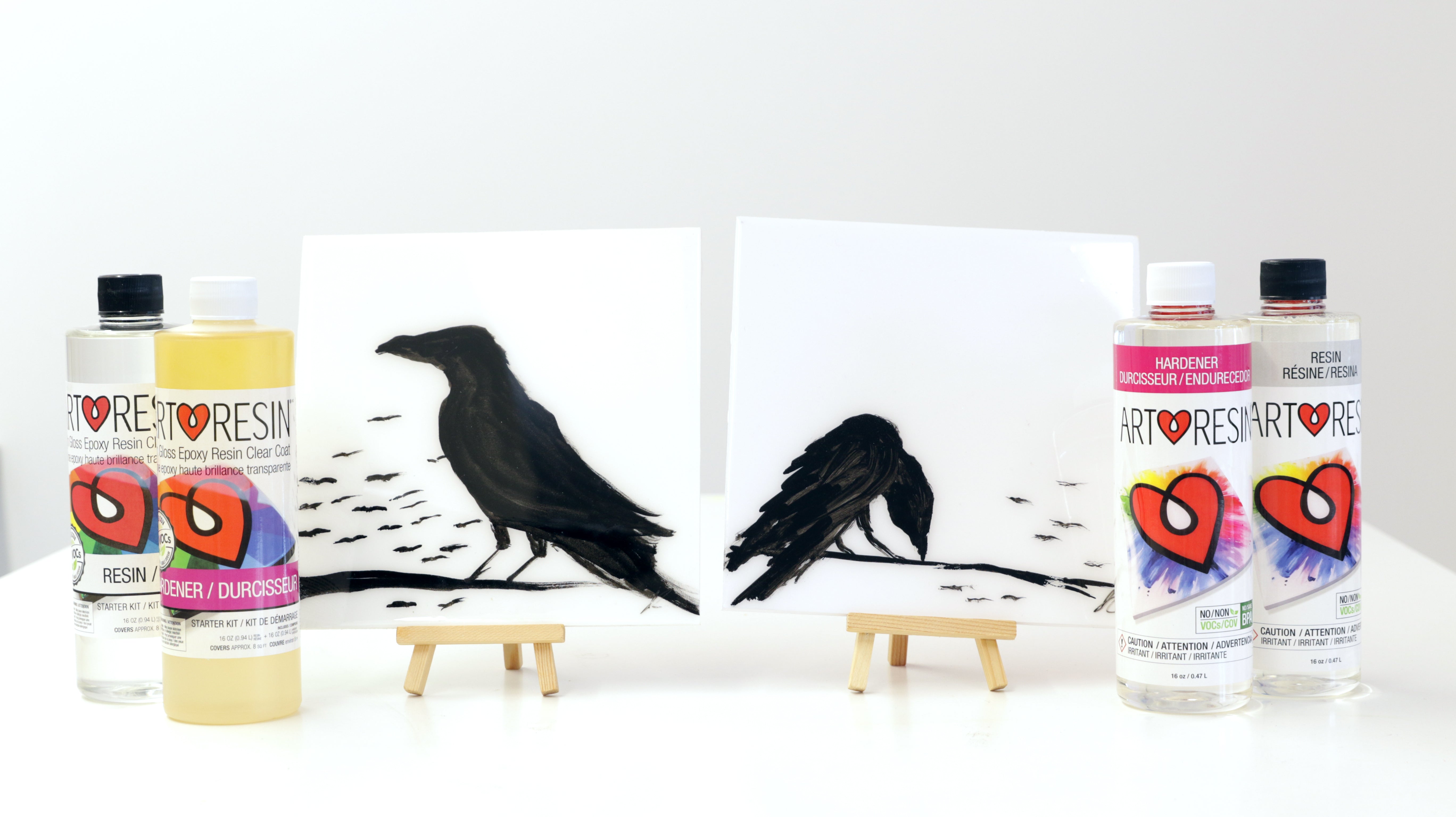
💡TIP: Once ArtResin's resin and hardener are mixed together, the two parts bond together and the product becomes inert, meaning the hardener will no longer be able to react with oxygen. In other words, yellowing from oxidation will not continue once the resin has cured.
How To Use Expired ArtResin:
Here are 4 different ways of using up expired ArtResin - once they're done, you won't be able to tell that the hardener was ever yellowed!
1. Use It Over Colorful Artwork
Although a slight yellow tinge may be visible over white artwork, you won't see any trace of yellow when expired ArtResin is applied over colorful pieces of art. Bright or dark art pieces of art will disguise any yellowing, making this a perfect way to use up your yellowed hardener.
❓Take a look at the two paintings below. Can you guess which one was made with expired ArtResin and which one was made with fresh ArtResin? 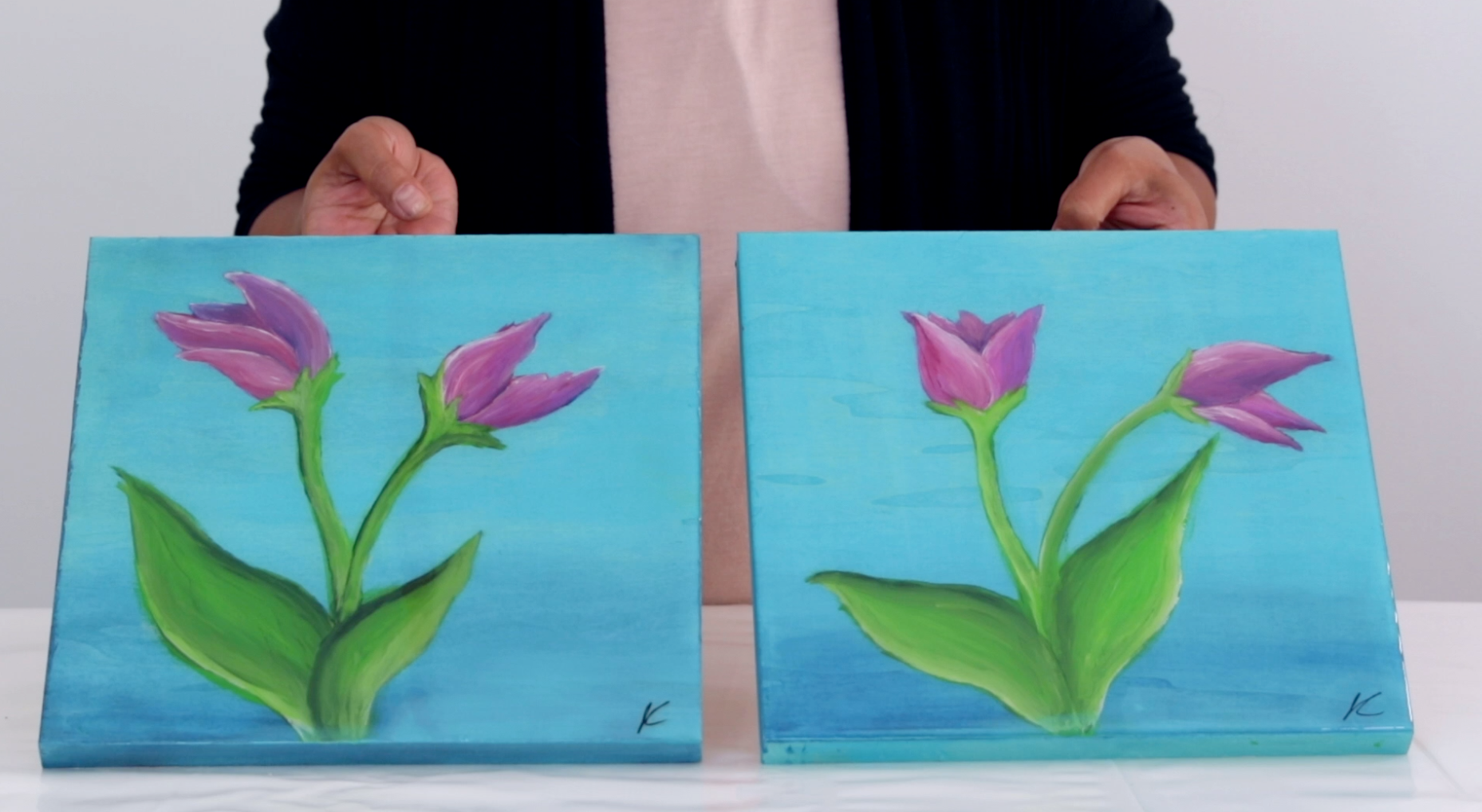
The one on the left was made with yellowed hardener!
They look the same, don't they?
💡TIP: Check out our blogs for full instructions on how to apply ArtResin to
2. Make Alcohol Ink Resin Coasters
Magic happens when alcohol ink is dropped into epoxy resin and it creates the most fascinating effects. The more color you drop into your coaster, the better the result, making this project a fun way to use up yellowed hardener!
❓Which of these two coasters was made with yellowed hardener and which one was made with clear? See the answer below.

If you guessed that the coaster on the left side is made with yellow hardener, you're right!
💡TIP: For step by step instructions on how to make your own alcohol ink coaster, please see our blogs How To Make A Resin Coaster and How To Make A Resin Petri Dish With Josie Lewis.
3. Tint It For Flow Art
The addition of a colorant like ResinTint, is a great way to disguise yellowed hardener. Once you add a colorant, you'll never know there was even a hint of yellow in your epoxy resin. Use tinted resin to create flow art, to pour into coaster molds or to make other small castings.
❓Which flow art piece was made with brand new ArtResin?
Can you see the difference? 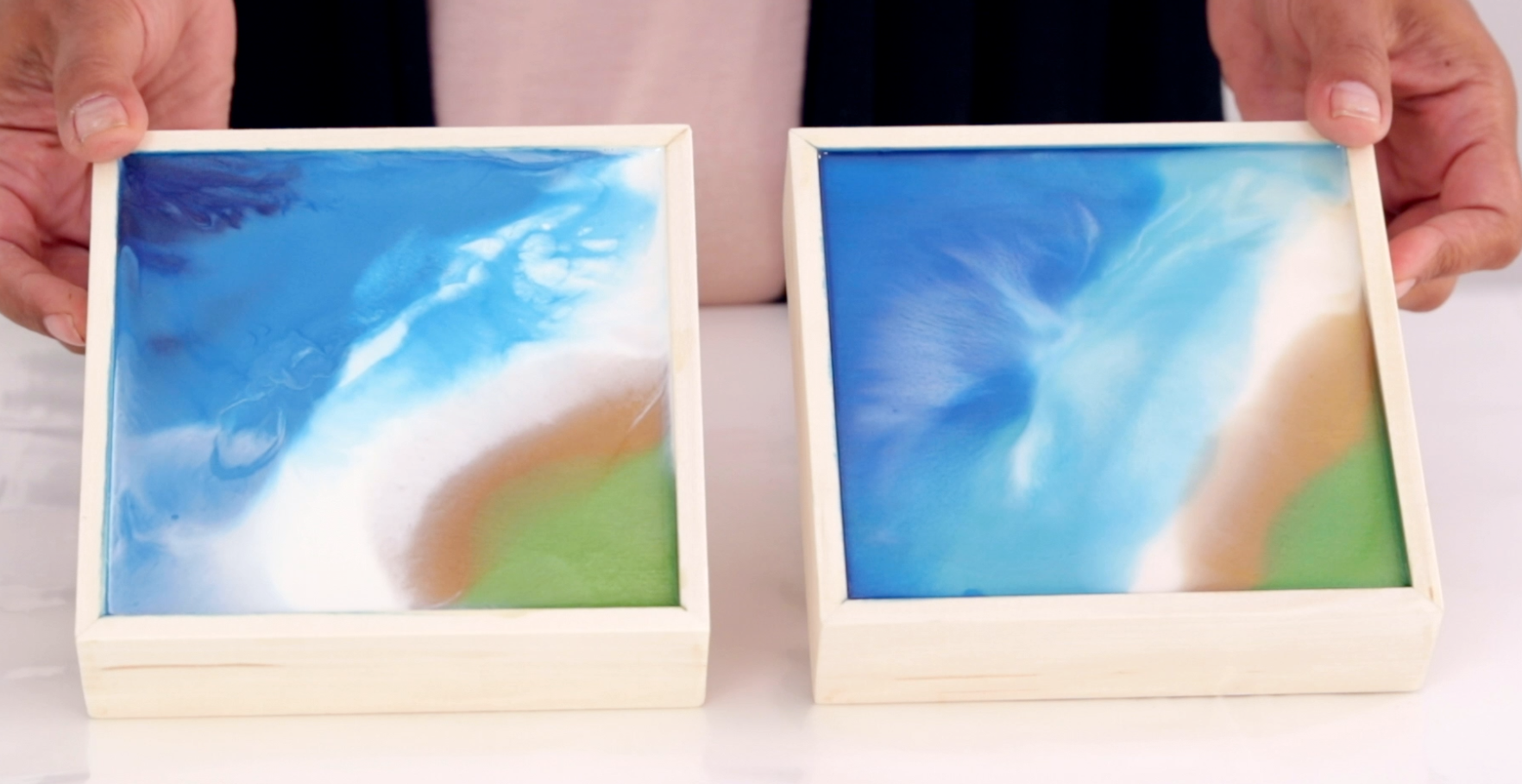
ANSWER: If you guessed the flow art panel on the left was made with fresh ArtResin ... you're wrong! The panel on the right was made with fresh ArtResin.
It's difficult to tell, isn't it? They look identical!
For more information on how to tint ArtResin or how to make flow art, take a peek at our blog How To Color Epoxy Resin With ResinTint.
4. Apply It Over Wood
Epoxy resin and wood are a beautiful match - epoxy resin brings wood to life, enhancing its grain and natural beauty. Wood is also the easiest way to use up yellowed hardener - you will never be able to detect a yellow hue once it's been applied over wood's natural yellow undertones.
❓Last one! We cut a piece of walnut into two pieces: which one is coated with clear ArtResin and which one was coated with yellowed?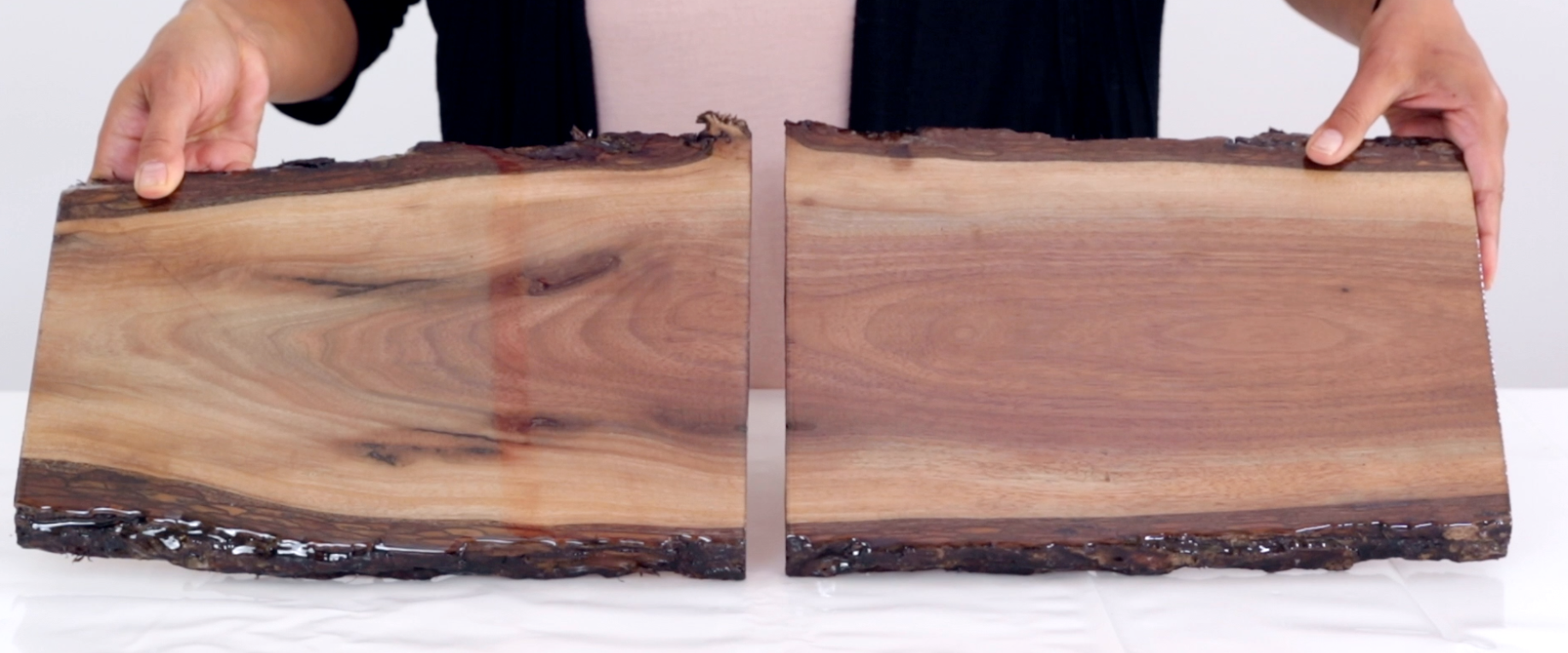
ANSWER: They both look gorgeous but the piece of wood on the left was coated with the old, yellowed ArtResin. Were you able to see a difference?
How To Prevent Epoxy Hardener From Turning Yellow?
It's a relief to know that you can still use expired ArtResin but how can we avoid getting to that point in the first place? Here are some tips to help keep your epoxy resin as fresh as can be:
- Replace the cap on the hardener: re-cap as soon as you've finished pouring to reduce oxygen exposure and delay oxidation.
- Only buy as much ArtResin as you need: get what you think you’ll need for your project so that you're not stuck with resin you won't use.
- Be aware of the Manufacturing Date: check the label for the born-on date. Remember that ArtResin's expiry date is 12 months past the manufacturing date unopened and 6 months once the product has been opened.

And if you find yourself the proud owner of some expired ArtResin?
Make your own charcuterie board, flow art, alcohol ink coaster or resin a piece of art with some bright colours and you'll never have any wasted ArtResin again!
Do you want to learn more about epoxy resin and yellowing? Read our guides below:

